Fear and distrust in Serbia – an obstacle to the transition to a zero-emission economy
Olafs Zvejnieks, Latvijas Avīze; Katarina Baletić, Balkan Insight
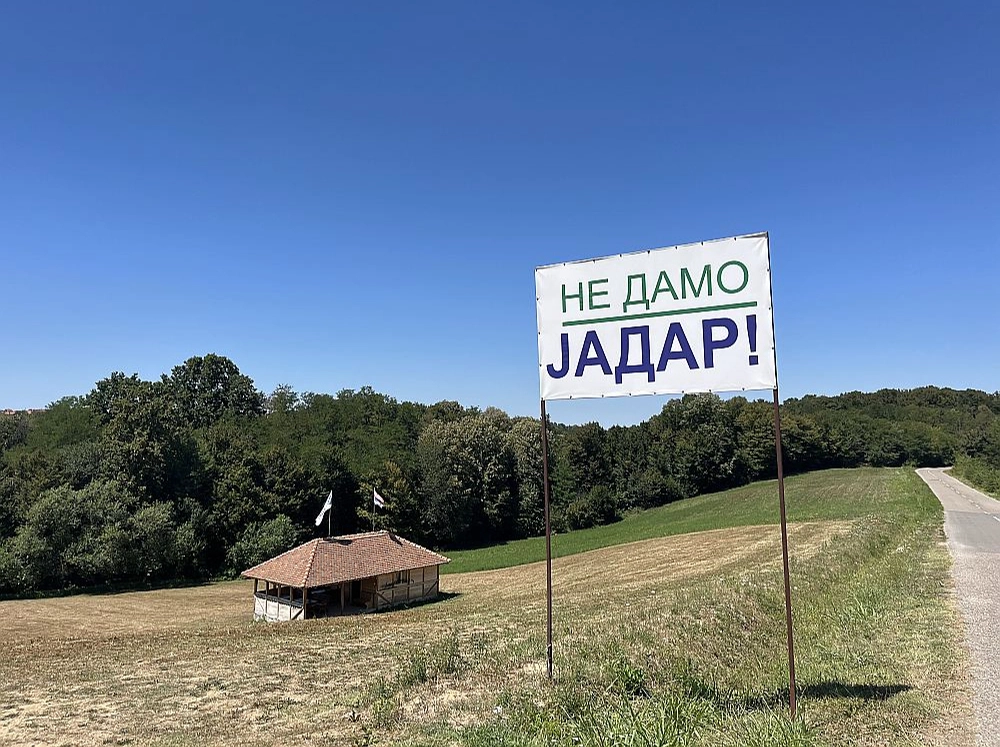
More than 8 million or 400 tonnes of various batteries and accumulators are imported into Latvia every year, but 190 tonnes of used batteries are handed over and sent to Germany for recycling.
With half the batteries in the household rubbish bin, where to get new ones? Therefore, the discovery of large lithium deposits in Serbia has aroused both enormous commercial interest in Europe and strong protests from the local population.
Over the last decade, lithium has become the key metal on which the transition from fossil fuels to mass electrification depends. And of course – because it is the lithium needed in the most efficient batteries and accumulators today that will determine whether mankind will be able to store enough cheap, renewable electricity during the day for use in the evenings when demand is highest. It is for this reason that today lithium is often referred to as white gold, both for its value and for the attention it attracts.
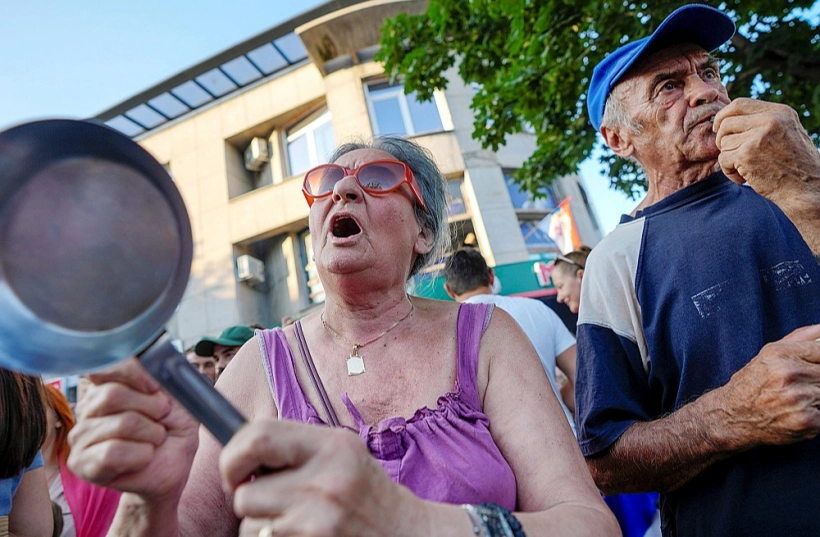
The world depends on lithium
Lithium is the lightest metal in existence – its atoms were created in the first three minutes of the universe’s existence, just after the creation of the two most abundant elements in the universe – hydrogen and helium. In the transition to a climate-neutral economy, both the world and the European Union (EU) depend on the relatively few lithium deposits found in the world.
50% of the world’s lithium in raw form is currently extracted from the Uyuni Salt Flats in Bolivia, essentially a huge dried-up salt lake, but the processing of this raw material into manufacturable material takes place mainly in China. The European Union currently imports 90% of the lithium it needs. In 2020, the EU demand for lithium was 4,900 t/year, rising eight and a half times in 2030 to 42,300 t/year and 70,500 t/year in 2050, according to a study carried out last year by the European Commission entitled Supply chain analysis and material demand forecast in strategic technologies and sectors in the EU.
Deposits of the mineral jadarite, which contains two commercially important elements – the aforementioned lithium and boron, important for ceramics and glass production – were discovered in the Jadar Valley in 2004 by British-Australian mining giant Rio Tinto.
Initially estimated to account for as much as 10% of world demand for lithium, this estimate was later lowered, but Jadar’s lithium deposits are still among the largest in the world.
Protests over fear of pollution
In 2017, Rio Tinto and the Serbian government signed a Memorandum of Understanding (MoU) for the mining and processing of lithium in Serbia, with production expected to start in 2023, however, in 2020, after the irreversible destruction of the highly significant Juukan cave, which has been continuously inhabited by humans for the last 46 000 years and was therefore considered one of the most important archaeological sites of its kind in the world, due to the use of explosives during Rio Tinto’s mine expansion in Australia, concerns about the impact of lithium mining on life in Serbia began to grow. This started with academic debates, but soon turned into massive environmental protests. The protesters believe that the mining and processing of lithium and boron threatens to disrupt 2000 ha of cultivated land, pollute groundwater and contaminate the Jadar and Drina rivers – although it should be noted that academics are not united in their assessment of these risks, and there are scientists who urge people to trust Rio Tinto’s promises to respect the highest environmental standards. In 2021, these protests reached such a scale that the country’s main roads were blocked and mass demonstrations took place.
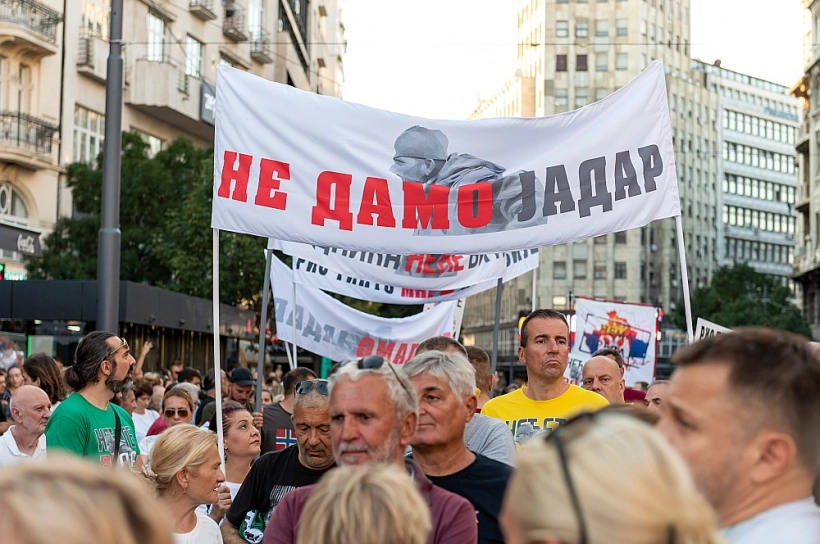
Photo: Shutterstock
In January 2022, under public pressure, the Serbian government repealed all administrative acts related to the Jadar project adopted so far. “All administrative acts related to Rio Tinto and Rio Sava (the Serbian branch of Rio Tinto), all permits, decisions and everything else have been cancelled. That is the end of the Jadar-Rio Tinto project,” said Serbian Prime Minister Ana Brnabić at the time.
But just over two years later, in August this year, Serbia’s Constitutional Court annulled the government’s decision, declaring it unconstitutional. The government then announced the reopening of the spatial planning for the Jadar project and the resumption of the permitting process.
This caused a scandal, with the opposition and environmentalists accusing the government of misleading the public and announcing that they would now seek a change in the legislation that would ban the use of lithium and boron ore in Serbia.
No lithium mining has even started yet, but Rio Tinto is currently awaiting a decision from the Ministry of Environmental Protection on the scope of the environmental impact assessment to be carried out.
65% of the land in the hands of the company
The road leading to the valuable mineral deposits in the Jadar Valley passes by the houses of local farmers, who can often be seen in front of the houses, and green forests. But when reaching the area where the mining site is to be built, this is replaced by a completely different picture – empty, abandoned houses, most of which have had their roofs removed, with warning signs in front – “danger”, “restricted area”, “entry by permit only”. These houses and land have already been bought by British-Australian mining giant Rio Tinto for its planned mine development, and so far the company has acquired almost 65% of the land needed for the mine and ore processing plant, with 35% or 209 land plots remaining.
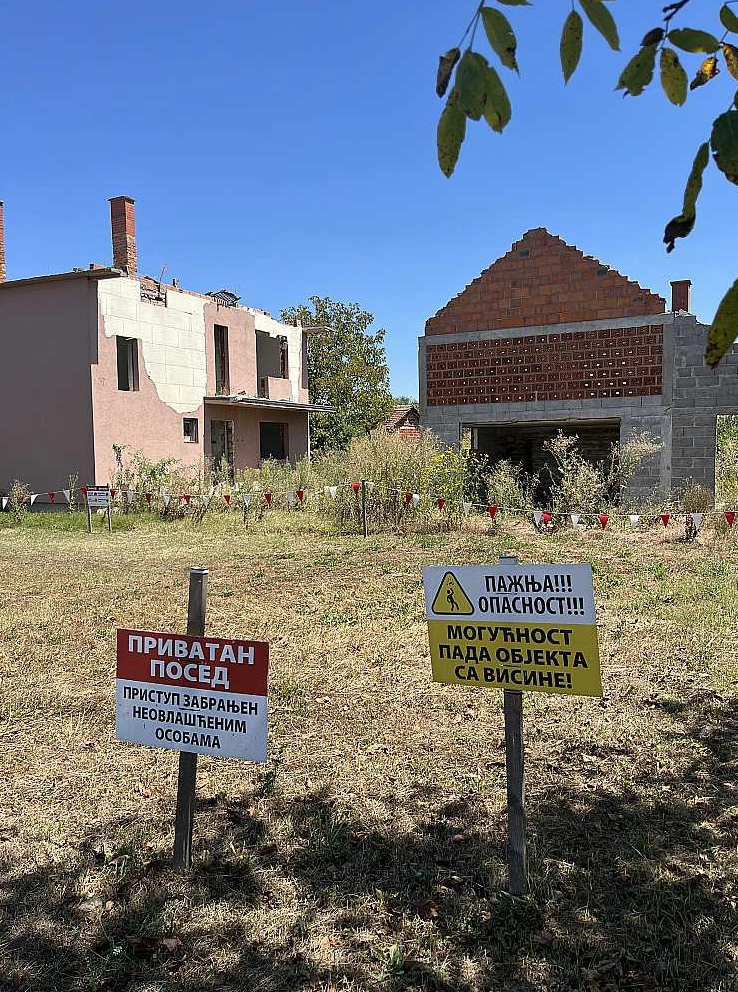
Publicity photo
The inhabitants of the nearby villages of Gornje Nedeljice and Brezjak oppose the plan and are supported by the inhabitants of the surrounding towns. “Of the 52 households involved in the resettlement process, 51 have been sold voluntarily, with only one household remaining. This remaining household is located on one of the 209 land plots still to be acquired. A new round of land acquisition has not yet been decided,” Rio Tinto explained.
Concerns about agriculture and water
Opponents of the project usually highlight the fact that the area of the Jadar Valley where the mine is planned is an agricultural region with good water quality. They fear that the valley will be destroyed and that farming will no longer be possible. Rio Tinto, however, rejects these allegations and claims that even near the mine it will be possible to grow vegetables and fruit and to produce dairy products.
The company’s chairman, Jakob Stausholm, visited Serbia in September this year. He met with the inhabitants of the small town of Ljubovija and announced the company’s six promises to Serbia.
These include a commitment that the proposed mine will be modern and safe, that the builders who will construct it and the workers who will later work in the mine will live in the mine area, eat local food and drink local water,
and that the entire operation of the mine and processing plant will be carefully monitored throughout all stages of its construction and operation, that the company will communicate openly and honestly with the Serbian public, that when mistakes are made, they will be openly acknowledged and corrected, and finally that Rio Tinto and its employees will work to earn the trust of the Serbian public.
Jakob Stausholm denied that water from local rivers would be used in the ore processing, stating that the water needed to rinse the ore and extract steam would come from groundwater and that 70% of this water would be reused and the part that would be discharged back into the environment would be treated. Jakob Stausholm also announced that an additional investment of EUR 100 million would be made to develop such a system. Emil Atanasovski, Director of External Affairs at Rio Tinto’s Serbian branch, also told Balkan Insight in August that there would be no water pollution at the site and that CO2 emissions would remain within legal limits. However, he admitted that some environmental impact is inevitable and the landscape may change.
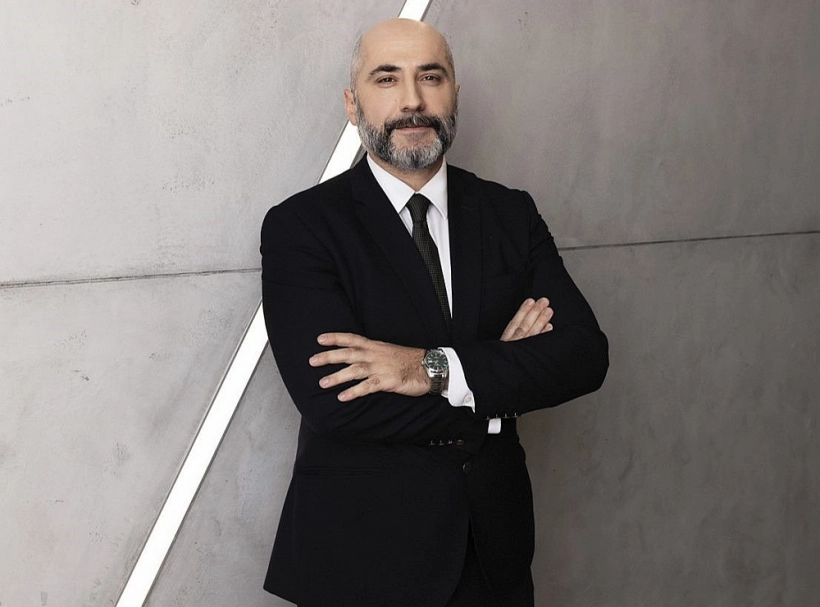
landscape may change.
Publicity photo
Environmental inspectors will not be able to keep an eye on sulphuric acid
However, it would be too early to say that the concerns of the Serbian public have subsided. One of the objections relates to the large quantities of sulphuric acid that will be needed for production. But perhaps the biggest concern is that Serbia does not have a sufficiently strong regulatory and legislative base. The number of environmental inspectors is insufficient to control large mining sites and the country already has many environmental problems that it cannot cope with. “We are already unable to cope with environmental problems and now we are creating a new huge problem”, said Branimir Jovančićević, professor at the Faculty of Chemistry of the University of Belgrade and vice-president of the opposition Democratic Party.
He added that the project is riskier than other mining sites in Serbia
because the process of extracting lithium carbonate is more aggressive than other ore processing due to the use of sulphuric acid, and because the mine will open in one of the “most fertile and water-rich areas in Serbia”.
“The benefit from such a mine cannot compensate for the damage that will be done [to the environment],” said Branimir Jovančićević. Zoran Stevanović, a retired professor at the Faculty of Mining and Geology at the University of Belgrade, agrees, saying that the Jadar project is significantly riskier than other mining projects in Serbia. “It is riskier in terms of the ore that has to be mined, processed and transported, as well as the fact that a significant amount of acid has to be delivered to the site,” he said, adding that Rio Tinto has no experience in lithium mining.
Scientists also say there are serious risks from floods or earthquakes – for example, the likelihood of flooding in the Jadar River has increased significantly since the beginning of the century. Such floods can carry pollution from sediment ponds or mine dumps into rivers. Any such accident would threaten not only the Jadar Valley, but also the Mačva district 17 km downstream – one of Serbia’s most important sources of drinking water. Professor Zoran Stevanović also questions the safety of the planned mine monitoring because Serbia has weak environmental legislation and not enough inspectors to monitor compliance with these laws.
“Profit will always come first, not environmental protection. This can already be seen in other mining sites,”
he said, adding that there are more than 250 sites in Serbia where mining waste is simply buried.
Finally, Serbian economists Zoran Drakulić, Boško Mijatović, Danica Popović, and Dejan Šoškić published an article in October this year in which they questioned the profits Serbia could make from the Jadar project. They believe that Serbia could make no more than EUR 17.4 million annually during the lifetime of the project, which is only EUR 2.6 per capita.
Political reasons for dissatisfaction
Vladica Cvetković, a geologist and member of the Serbian Academy of Sciences and Arts, says that in Serbia there is a “typical politicisation of a topic that should be addressed in professional circles”. He explained that he did not see any significant difference between the Jadar project and similar mining projects or foreign investments in Serbia in the past. In his view, the issue is currently being politicised by the opposition, and he points out that the government is largely to blame for the lack of space for dialogue. “The blame lies with the government, which did not allow people to express themselves”, Vladica Cvetković said, adding that there is currently a huge lack of confidence in the current government, which is increasing opposition to the project.

Publicity photo
He believes that in the future struggle over this project, the opposition will most likely try to sustain the protests and radicalise them, while the government is likely to resort to repression. However, if the protests die down, the government “will push ahead with the project under completely undemocratic conditions”. “There is no good scenario – nothing positive can come out of two negative things”, Vladica Cvetković said.
Europe is already financing the environment in Serbia
The European Commission’s spokesperson on Internal Market, Defence Industry and Space, Johanna Bernsel, pointed out that anyone exploiting one of the world’s mines must do so in such a way as to ensure that the highest environmental standards in the world are applied. “This is one of the main objectives of our strategic partnership with Serbia on raw materials.
The strategic partnership requires that applicable regulations and practices are aligned with European regulations, standards and approaches, which are the most demanding in the world.
In addition, all materials and products placed on the EU market must comply with EU environmental rules, regardless of the origin of the material or product. In this respect, I would like to point out that the field of environmental protection in Serbia is already receiving EU support. Between 2007 and 2023, Serbia has received EUR 582 million in EU grants for environmental projects. With EU funding, we have, for example, supported the establishment of a network of air quality monitoring stations, the construction of waste water treatment plants in ten municipalities, the rehabilitation of water supply systems, pollution reduction and monitoring equipment for thermal power plants, waste construction and management equipment, and flood protection systems.”
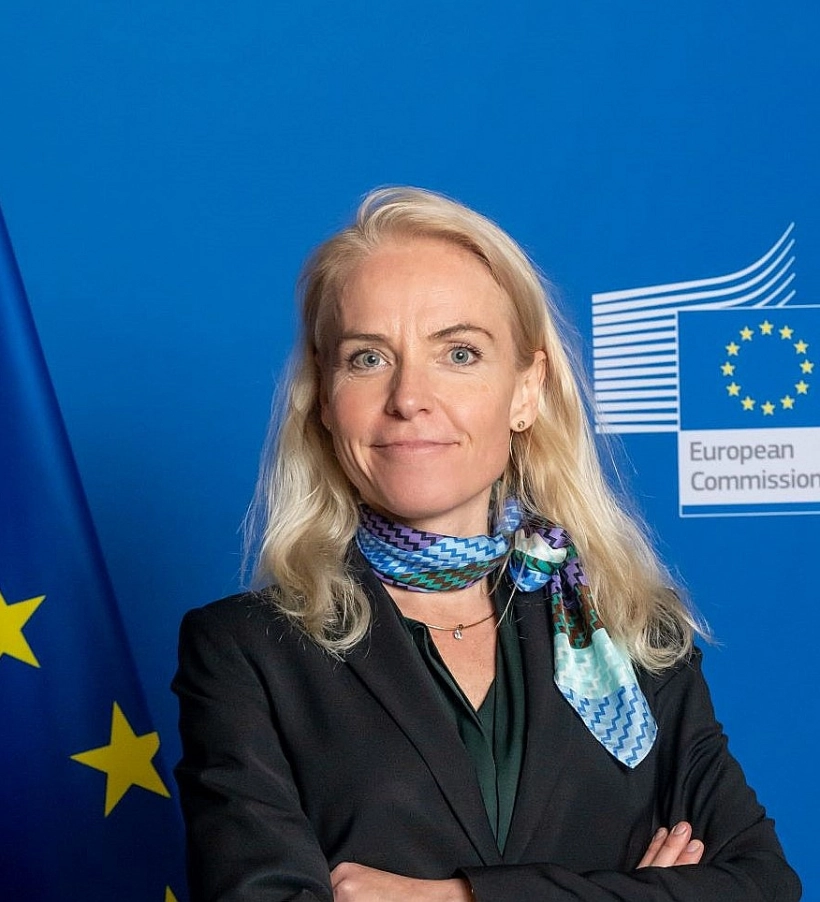
Publicity photo
Johanna Bernsel also points out that lithium is not specifically unique in Serbia. Similar projects exist in several Member States at different stages – including Austria, the Czech Republic, France, Germany, Greece, Italy, Ireland, Portugal, Spain and Sweden.
However, given the very rapidly growing global demand for lithium in the coming decades and its limited resources, the success of the Green Deal in the European Union depends to a large extent on finding an understanding with the Serbian public and alleviating their concerns about the environmental damage caused by lithium mining.
Opinion
Mining cannot be entirely environmentally friendly
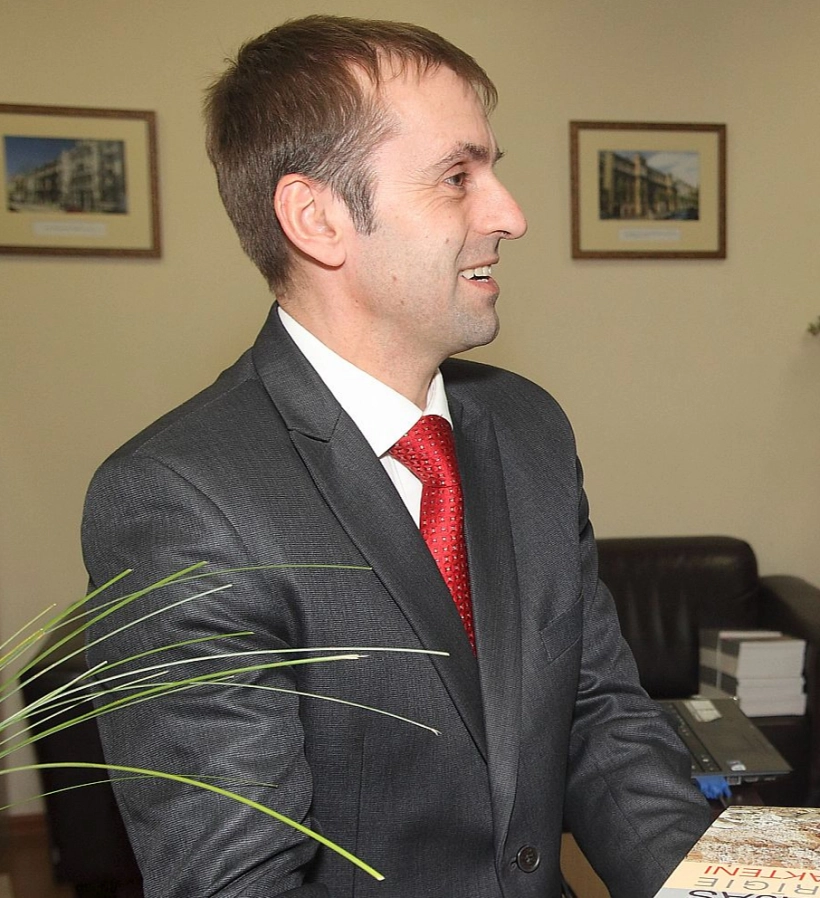
Publicity photo
Ģirts Stinkulis, Associate Professor at the Faculty of Science and Technology of the University of Latvia:
“In general, lithium mining does not pose any particular environmental risks. In the specific case of Serbia, the mineral in question is lithium-bearing jadarite, which is a silicate-type mineral and not particularly harmful to the environment. I understand that the main aim of the Serbian environmental protests is to protect the beautiful nature of the Jadar Valley, and there is some reason for this concern, because mining can never be completely environmentally friendly – a large mining pit is created, there are some emissions, when the mineral is broken down, some components are released and have to be put somewhere, a certain amount of water is used. These environmental impacts can be minimised, but cannot be eliminated completely. For example, in this case, one of the problems could be the pumping of underground water to access the mineral deposits. It is not so much that the surrounding waters could be contaminated, but that the pumped groundwater will be cold water with slightly different mineral compositions, and injecting it into local natural reservoirs could have an impact on the environment there – both aquatic plants and fish could suffer.”
FACT BOX
Import and disposal of batteries in Latvia
- More than 8 million or 400 tonnes of various batteries and accumulators are imported into Latvia every year. This amount has increased by 100 tonnes in the last five years.
- If this amount were converted into finger batteries alone, it would come out that each person in Latvia uses 8.45 finger batteries per year.
- Around 190 tonnes of used batteries are recycled in Latvia every year.
- Data show that no more than 46-50% of used batteries in Latvia are collected and recycled, with heavy and toxic metals – zinc, nickel, cadmium, mercury – being the ones that simply end up in the environment.
- Used batteries are then shipped to Germany where they are recycled and used to produce new lithium batteries. Unfortunately, the recycling process for lithium batteries is currently not economically viable.
- Surveys have shown that only 55% of the Latvian population recycles environmentally hazardous batteries, and that young people – only 43% – are the least active.
- The European Union has set targets for the collection of used batteries. Member States have to collect 63% of portable batteries by the end of 2027 and increase this to 73% by the end of 2030. In Latvia, it is recognised that reaching the 2030 target will be difficult.
Data: State Environmental Service, Latvijas Zaļais punkts
